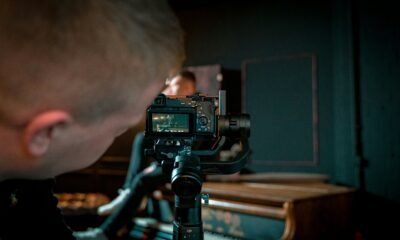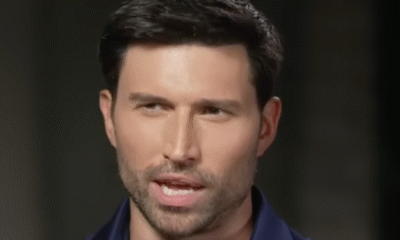Entertainment
“The Worst Best Man Ever”: A Story of Love & Laughter
We’re thrilled to introduce David Weilert & Philip A Ramos, seasoned filmmakers in the film industry! Their latest project, “The Worst Best Man Ever,” has earned them a spot as a finalist for the Best Romantic Comedy Film Award at the Houston Comedy Film Festival. David and Philip have created a heartfelt and hilarious short film, The Worst Best Man Ever, blending humor with genuine emotional depth. The film, a proof of concept for their feature-length project Groomsday, tackles the complexities of relationships, choices, and love—or the lack thereof.
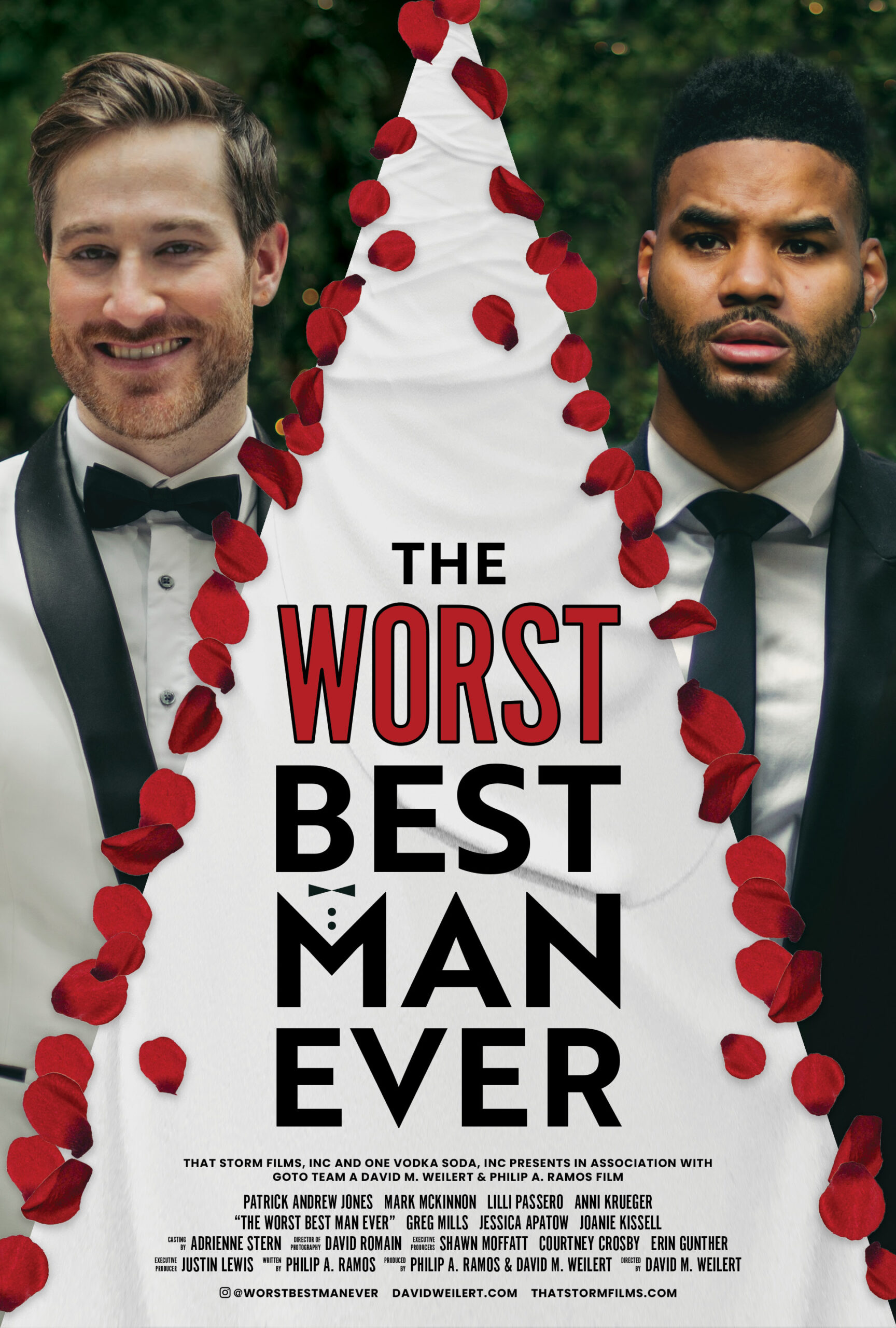
The Genesis of “The Worst Best Man Ever”
The inspiration for The Worst Best Man Ever comes from the filmmakers’ personal experiences navigating the tricky waters of relationships. David and Philip wanted to explore how dating can sometimes continue out of a sense of obligation rather than genuine love.
“We all have been there,” says David, “where we find ourselves at a crossroads, trying to figure out the best path forward, even when that path isn’t the easiest one.” Their love for comedies that tug at the heartstrings helped shape this film into the kind of project they are most passionate about—one that blends humor with moments of introspection.
Overcoming the Challenges
One of the biggest challenges in bringing The Worst Best Man Ever to life was timing. The filmmakers were determined not to rush the process, focusing on assembling the perfect cast and crew to ensure the film lived up to their vision. “We wanted to make sure that we found the right time to make it,” David explains. “We didn’t want to rush the process and be left with a film that we would not be content with.”
Their careful approach paid off, as the film showcases not only their comedic chops but also the depth of emotion and thoughtfulness that went into its production.

A Duo with Decades of Experience
David and Philip have both been working in film and television for over a decade. David has been creating films since he was just 12 years old, and Philip’s award-winning short film, The Kidnapping of a Fish, further demonstrates their talent and dedication to storytelling. The two bring a wealth of professional experience to their projects, working as Production Coordinators on major New York-based productions for a variety of platforms.
Their passion for filmmaking goes beyond their day jobs, as both are committed to telling meaningful, mainstream stories with wide appeal.

What’s Next?
The success of The Worst Best Man Ever is just the beginning. David and Philip have three strong projects in the pipeline, including two feature films that, like Groomsday, have short films as proof of concepts. In addition, they are developing a TV show. With several projects in the works, this dynamic duo is set to make a lasting impact on the world of comedy and beyond.
Get in Touch
For those looking to collaborate or support future projects, David and Philip are easily reachable through email or social media. They’re also committed to keeping their followers updated on their progress through their websites and social platforms.
You can contact them via email at davidweilert1@gmail.com or mcflyfilm@gmail.com and follow their work on Instagram at @david_weilert, @mcflyfilm, and @worstbestmanever. Their websites, davidweilert.com and thatstormfilms.com, offer more details on their projects.
On the Horizon
Currently in talks with distributors and agents, David and Philip are looking for representation and investors who share their vision for mainstream comedies. They are grateful to platforms like the Houston Comedy Film Festival for showcasing their work and hope to secure the funding needed to bring their upcoming feature films to life.
A Union of Filmmakers
Both filmmakers are members of IATSE Local 161, the union for Production Coordinators in New York City. Philip is also a member of the Producers Guild of America, reflecting their deep integration into the film industry.
As The Worst Best Man Ever continues to make waves on the festival circuit, David and Philip are set to rise as filmmakers who know how to mix humor, heart, and a deep understanding of the human condition. Their upcoming projects promise to deliver even more laughs and meaningful moments, leaving audiences eager for what’s next.
From the Film Festival Circuit Founder, Mikal Fair:
Entertainment
Why Did Dakarai Trash His NBA Letters?
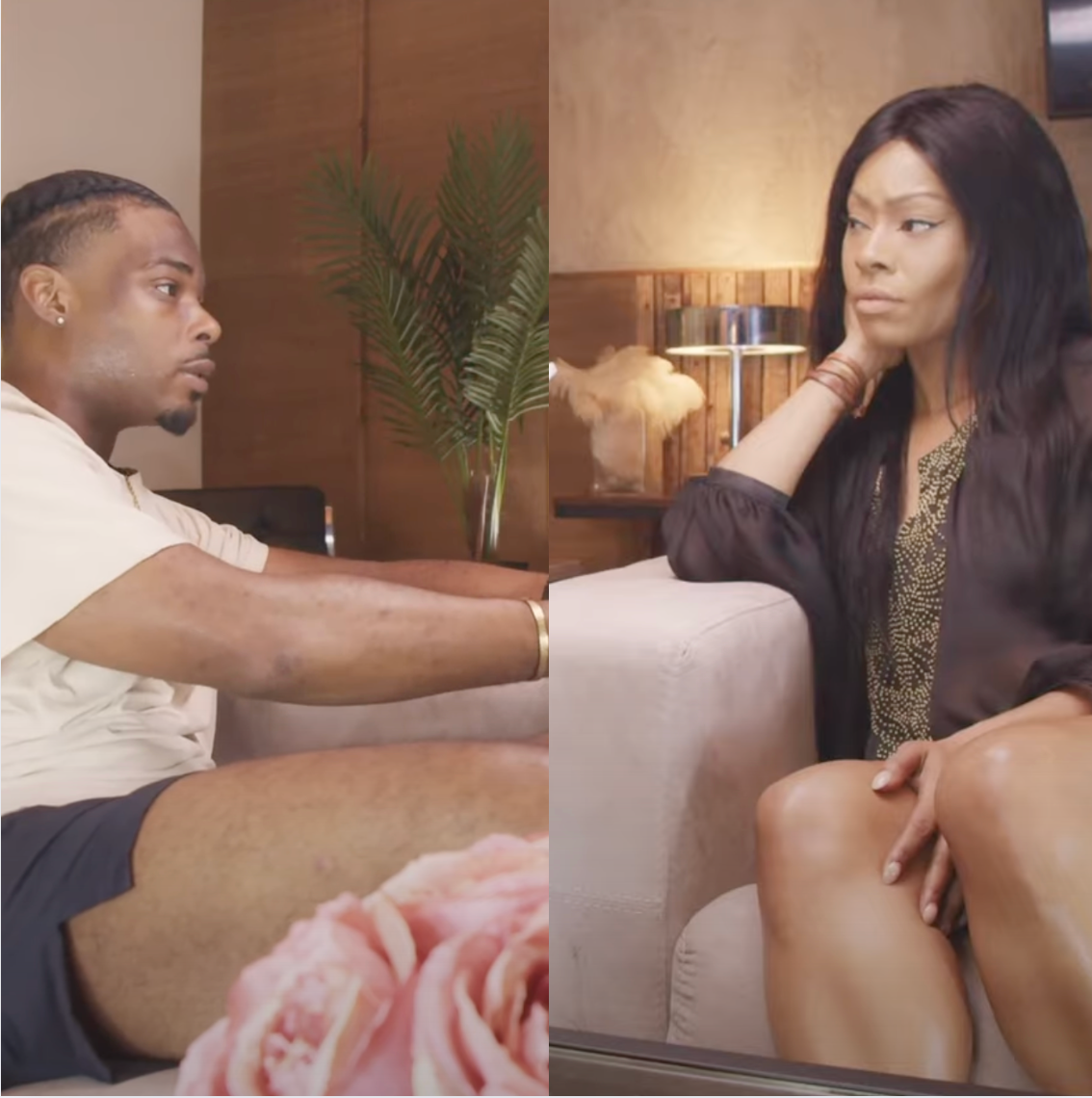
Dakarai Akil’s story isn’t the kind fans expect—it’s the kind that leaves them talking. When he sat down with Roselyn Omaka, he didn’t just recount his journey from hardwood glory to movie magic; he dropped a bombshell on anyone invested in formulas or conventional paths. The all-time leader from Dawson High, the ESPN-featured college athlete, walked away from pro offers without a second glance.
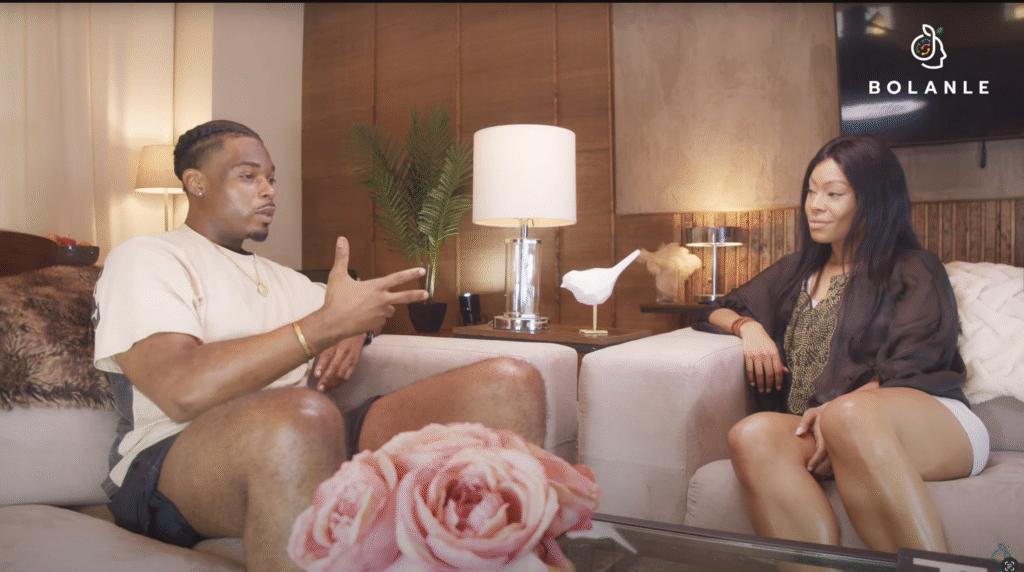
The Unthinkable Choice
What compels someone to take a stack of NBA tryout letters, unopened, and dump them straight into the trash? For Dakarai, that moment wasn’t about giving up—it was about finally listening to the thrill in his gut. He recalled writing his first script in college, expecting to jot down ten pages, and coming back with forty because the inspiration was relentless. That passion, he says, is what lit the fuse on a new destiny, one that felt more alive than a future set by others.
Fresh Starts and Hustle
Making that leap meant plunging into the unknown. As soon as the basketball spotlight faded, Dakarai hustled through the grind: selling DirectTV at Sam’s Club, late shifts at UPS, painting for PPG, and landing at Enterprise—all while picking up skills, humility, and heart. “All the dream chasers had to fund the dream,” he laughs. For months, rejection and doubt circled, but Dakarai refused to let others’ doubts dim his vision. He paid for his first camera with grocery money, set up alone, and pressed ‘Play’ on a brand new life.
Originality Over Carbon Copies
Dakarai’s work is fueled by authenticity and obsessive attention to detail. He’s clear:
“Everyone’s a carbon copy now.”
Instead, he crafts stories that reward viewers who pay attention—layered projects with references and details borrowed from his own journey and the legends he admires. Each film, each role, becomes a challenge to the gen-pop formula flooding content platforms.
Only the Beginning
The conversation with Roselyn peels back many layers—a kid who faced rejection, a young man who lost friends by trading jerseys for scripts, and an artist coming to terms with ghost towns at his first premieres, packed only with strangers. Still, Dakarai calls it “just scratching the surface.” His humility is matched only by his ambition to inspire every underdog who quietly watches, waiting for permission and staying true to his own vision.

Lessons from the Legends
Near the end, Dakarai turns reflective, speaking on the greats—Denzel, Samuel L., Morgan Freeman—who “popped at different times.” He’s learned the power of running one’s own race, never timing out on a dream, and celebrating originality over popularity. “Most people just want to be seen. They don’t want to be great. See, I’m the opposite. I focus on greatness, because everybody wants to see greatness,” he shares. It’s a mindset that stands at the heart of his story, signaling that for Dakarai, this isn’t the finish line—it’s the very beginning.
If Dakarai’s path proves anything, it’s that greatness starts when comfort ends and vision begins. His trash can moment wasn’t a mistake—it was an invitation to chase something real. And for all those watching, he’s making one thing clear: open your own letter, no matter when your time comes. Dakarai’s story is nothing short of cinematic. When he sat down with Roselyn Omaka, he peeled back the layers of a journey that broke every rule—and sparked every creative fire. As Dawson High’s legendary scorer and a college basketball star, most assumed Dakarai’s next stop was the pros. But, shockingly, the stack of NBA tryout letters delivered by his coach never saw the light of day—they hit the trash, unopened. Why? Because Dakarai wanted something no one else could see.
The Moment Everything Changed
College was a crossroads. When a film student asked Dakarai to write a script, he went all in—expecting to deliver ten pages and returning with forty, so inspired he couldn’t stop. He describes that moment as his artistic awakening, the moment filmmaking lit up his whole sense of purpose while basketball—despite all its glory—started losing its spark. That passion meant giving up certainty for a mysterious calling, and even the teammates who’d cheered him on couldn’t understand his leap of faith.
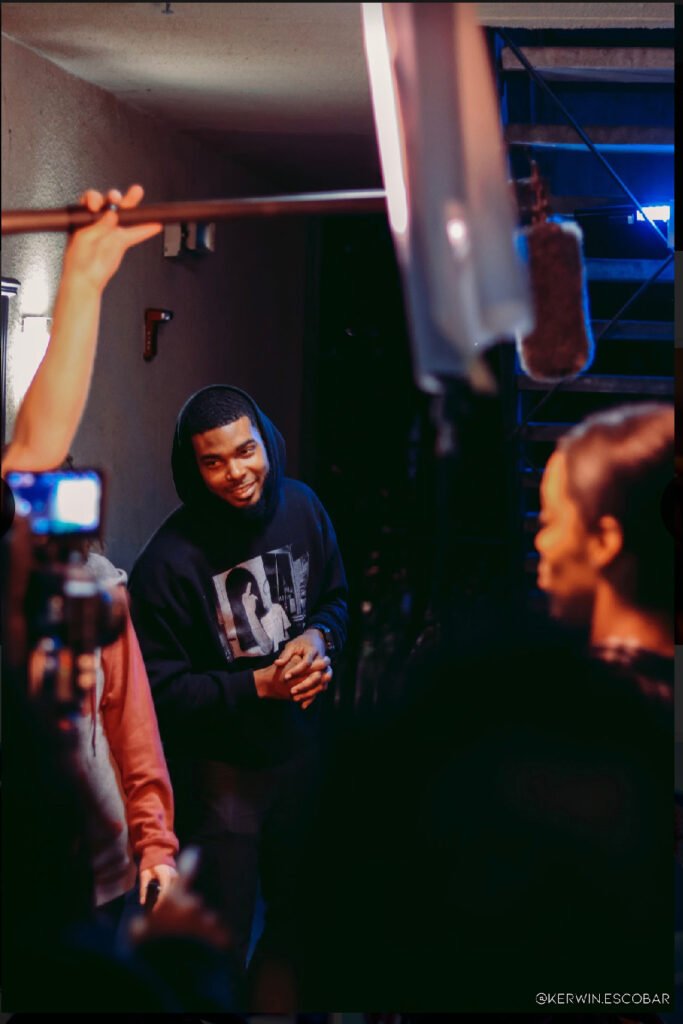
Hustling Through the Unknown
Leaving basketball was just page one. Dakarai scraped together jobs: selling DirectTV in Sam’s Club, working at UPS, painting for PPG, and finally learning business at Enterprise—all while saving up for his first real filmmaking tools. Every empty room, every rejection letter, and every side hustle became fuel for the fire, teaching him not just technical skills but how to rebuild from zero, with nothing but faith and ambition.
Breaking Every Mold
Dakarai’s journey is textured—original films stacked with subtle references, storylines that defy stereotypes, and roles far beyond the typical hood drama. He’s as vulnerable as he is determined, facing doubt from the film club that didn’t accept him, and critics who wanted him to stay in his “box.” Instead, he paid for his first camera with grocery money and shot his first film alone, proving that originality is a superpower in a world obsessed with carbon copies.
Wisdom from the Greats
The highlight of Dakarai’s sit-down with Roselyn is his take on studying legends. “I look at journeys for inspiration,” he says, pointing out how Denzel Washington, Samuel L. Jackson, and Morgan Freeman each broke out on their own timeline. There is no expiration date for greatness—and Dakarai’s story echoes that.
“Most people want to be seen. I focus on greatness, because everybody wants to see greatness,” he shares, making it clear that there’s always a next chapter when you’re willing to be yourself.
If Dakarai’s path proves anything, it’s that the beginning is sometimes disguised as the end. His trash can moment means the real story is yet to come—and for anyone watching, it’s the kind of inspiration that invites us all to leap without looking back. Every legend started as an underdog, and Dakarai’s just warming up.
Entertainment
Executive Producer Debut: How Celia Carver Created Festival Hit ‘Afterparty’

Celia Carver stepped into the world of independent film with the ambitious goal of shepherding her short, After Party, from script to festival screen. As a first-time executive producer, Carver didn’t just organize the project—she wrote the screenplay, raised the budget, took the creative reins, and anchored the film through her performance in the lead role as the wife. Opposite her was Jasper, cast as her husband, Gabe, whose approachable presence and natural chemistry with Carver were crucial to the film’s emotional tone and comedic balance.
At the Houston Comedy Film Festival, Carver sat down with festival director Roselyn Omaka for an in-depth conversation about every stage of the After Party journey. The interview offered a candid look into what it takes for a newcomer to pull together a successful independent production and bring it to a live audience.

Casting, Collaboration, and Onscreen Dynamics
One of Carver’s most strategic choices was her collaboration with director Shana Lauren McInnes—a friend since high school and herself a first-time narrative director. This shared sense of trust and history created an atmosphere where creative risks were possible without unnecessary friction.
Carver’s on-screen partnership with Jasper as Gabe was also a calculated decision. She explained that the character dynamic between the husband and wife could easily have tipped negative if Jasper didn’t bring the right energy. He kept the performance playful and genuine, matching Carver’s debut in a major acting role. Their scenes together, depicting a couple picking apart a dinner party mishap, drove the film’s narrative and comic rhythm.
Diversity, Simplicity, and Professional Standards
During her talk with Omaka, Carver emphasized her open approach to casting. She went beyond surface-level diversity, looking for actors who could authentically elevate the material. While Jasper’s performance as Gabe stood out, Carver highlighted that the casting process prioritized who fit the part best—regardless of background—adding that a project gains complexity and relatability when different perspectives are deliberately included.

Carver also pointed out that the production itself was kept as simple as possible—intentionally minimizing moving parts with a single location and small cast and crew. This not only streamlined logistics but kept the creative focus sharp, a key tactic for anyone producing a film on a limited budget for the first time. Fair compensation was another pillar of Carver’s approach. Even when working with friends or up-and-coming talent, she stressed that everyone’s work deserves recognition and proper pay, which, in turn, promotes professionalism and positive energy throughout production.
Navigating Challenges: Production and Post
Carver didn’t shy away from addressing setbacks, particularly during post-production. Color grading required a course correction and the hiring of a new specialist when the original approach didn’t meet expectations. She noted that while giving collaborators room to experiment can sometimes bring fresh results, knowing when to pivot is just as important. This adaptability, she said, can save time and ensure the final product meets the desired vision.
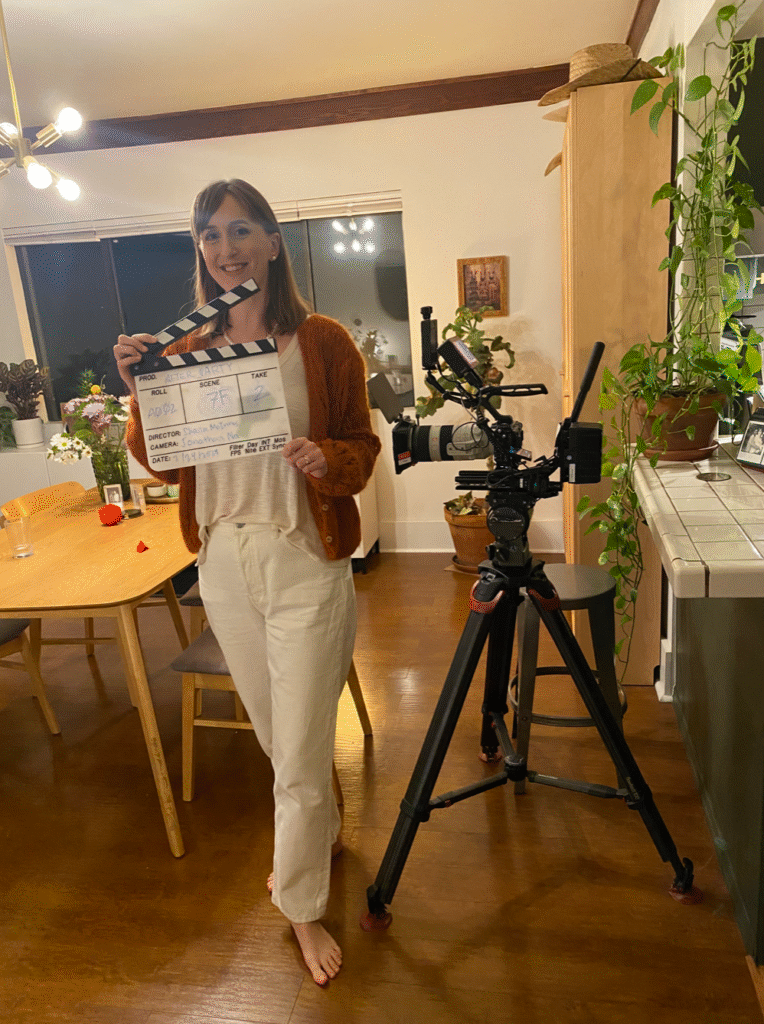
Advice for Aspiring Indie Filmmakers
When Omaka pressed for advice for others contemplating their first independent film, Carver distilled her experience into practical points:
- Keep it Simple: Limit locations, cast size, and narrative complexity to maintain control and cohesion on a first project.
- Cast for Chemistry, Not Just Credentials: Find collaborators whose energy complements the project and each other, particularly for stories driven by intimate relationships.
- Prioritize Diversity and Openness: Seek new voices and faces. This not only levels the playing field but strengthens the project’s resonance with a modern audience.
- Pay Fairly and Transparently: Value every contribution, regardless of experience or personal connection, to foster respect and professionalism.
Looking Forward: From Executive Producer to Director
Following After Party’s successful run at the Houston Comedy Film Festival, Carver is now working on a new short in the horror genre—a move she hopes will build her directorial confidence and further expand her creative reach. She credits her time both on-screen and behind the scenes with giving her a clearer understanding of the unique pressures and rewards of independent filmmaking.
The Takeaway
Celia Carver’s debut is an instructive case for new producers and writers: with the right mix of planning, open collaboration, principled leadership, and willingness to learn in real time, a festival-worthy film is within reach—even for first-timers wearing many hats. Her detailed conversation with Roselyn Omaka revealed not just her process, but a genuine roadmap for anyone determined to take creative control in today’s independent film landscape.
Entertainment
What the Deletion Frenzy Reveals in the David and Celeste Tragedy

The tragic death of 15-year-old Celeste Rivas, whose body was discovered in the trunk of a Tesla registered to musician David (D4vd), has drawn national scrutiny—not only for its disturbing details but for the unusual digital aftermath that followed. As authorities and online investigators pieced together Celeste’s final days, attention quickly focused on a sudden push by David and his digital moderators to wipe streams, video records, Discord chats, and subreddit posts related to their online activity.

Deleting the Digital Trail
Within hours of Celeste’s identity being reported, users and moderators linked to David’s Discord and subreddit began deleting posts, videos, and entire discussion threads—especially ones that referenced Celeste’s presence, their relationship, or locations they had visited. Many pointed to David as the sole moderator of some platforms, raising suspicions that he and others were attempting to curate or obscure the public narrative around his involvement. The subreddit itself was soon locked, blocking new and existing members from posting without approval, and many prior posts were either pruned or made inaccessible.
Why Delete? Running, Hiding, or Protecting
This deletion spree has raised questions that probe deeper than ordinary social media management. Law enforcement sources, as well as child advocacy experts, note that when minors go missing and attempt to avoid detection, erasing traces that could reveal their whereabouts is common. In Celeste’s case, her status as a runaway meant she likely did not want to leave a visible online trail. Observers speculate David and his moderators may have cooperated with those wishes—or, more ominously, sought to protect themselves or others from legal scrutiny.
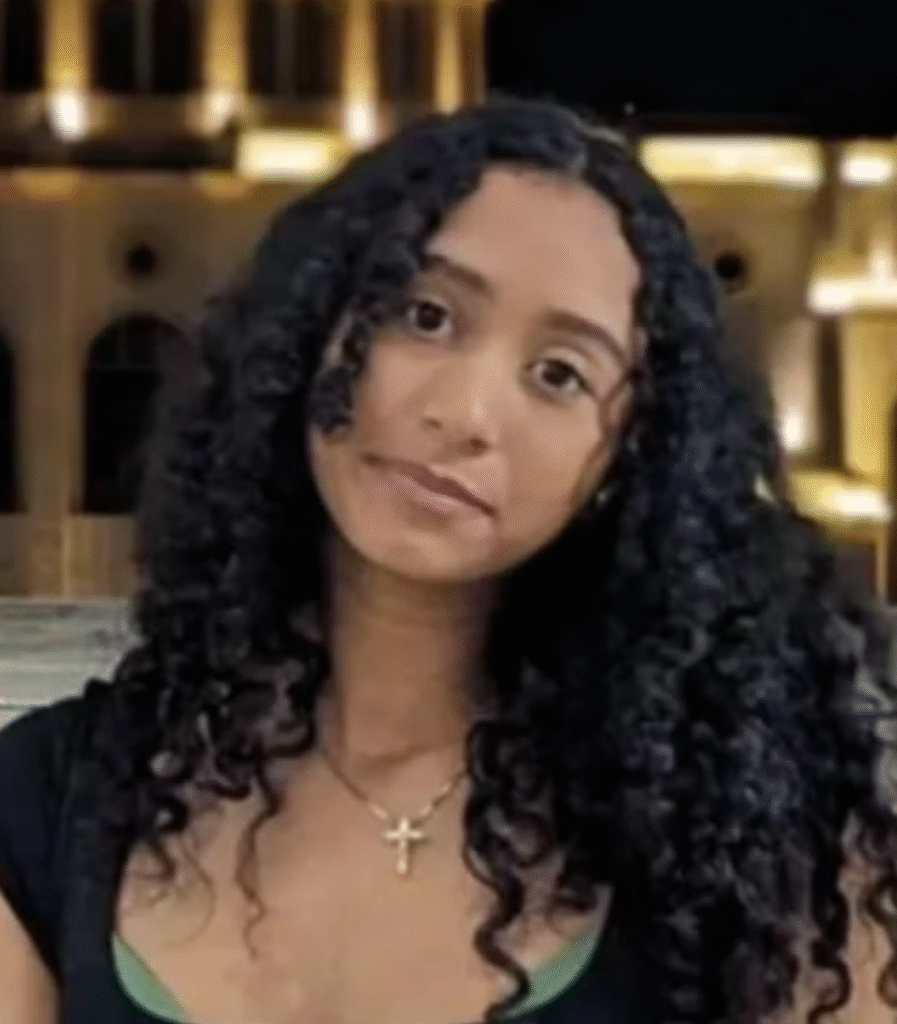
The Challenge for Investigators
Authorities seized electronics from a Hollywood Hills home connected to David, aiming to reconstruct what was deleted and uncover any digital evidence that could explain Celeste’s disappearance and death. Detectives are scouring social media for clues about the timeline, intent, and interactions. Meanwhile, community members and journalists highlight the chilling effect content deletion has on public understanding and evidence preservation in cases that straddle online and offline worlds.
The Larger Conversation
This episode joins other high-profile cases underscoring how digital footprints—or their absence—complicate truth-finding in serious crimes. The frenzy to delete does not imply guilt, but it raises red flags that investigators, families, and the public cannot ignore. As the investigation continues, the case of David and Celeste remains a stark reminder of how crucial, and precarious, online evidence can be in searching for answers and accountability.

 Business7 days ago
Business7 days agoDisney Loses $3.87 Billion as Subscription Cancellations Surge After Kimmel Suspension

 Entertainment4 weeks ago
Entertainment4 weeks agoCardi B Faces Ongoing Civil Assault Trial in Beverly Hills Security Guard Lawsuit

 News3 weeks ago
News3 weeks agoWave of Threats Forces HBCUs Nationwide Into Lockdown and Cancellations

 News3 weeks ago
News3 weeks agoCharlie Kirk assassination was a ‘professional hit,’ says ex-FBI agent

 Politics3 weeks ago
Politics3 weeks agoProminent Conservative Activist Charlie Kirk Shot During Utah University Event

 Entertainment3 weeks ago
Entertainment3 weeks agoActor Derek Dixon Accuses Tyler Perry of Sexual Harassment in $260 Million Lawsuit

 Film Industry3 weeks ago
Film Industry3 weeks agoThe Harsh Truth About Filmmaking That Nobody Tells You

 Entertainment7 days ago
Entertainment7 days agoWhat the Deletion Frenzy Reveals in the David and Celeste Tragedy











